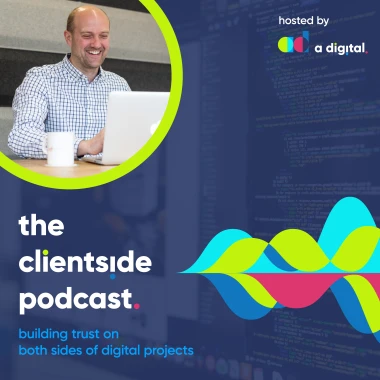
Network Marketing on LinkedIn with Scott Aaron
The Clientside Podcast
47 min Scott Aaron
In this episode of the Clientside Podcast, Andrew Armitage talks to LinkedIn expert and author Scott Aaron about the principles of making LinkedIn work for you.
The discussion focuses around how looking for collaboration and connecting with 'yourself' will build a stronger LinkedIn presence. Scott teaches the art of 'human connection', which is at the heart of all networking, and arguably business itself. As national lockdowns start to lift around the world and social distancing becomes a way of living alongside Covid-19, those human connections will be ever more important for individuals to grow their networks and influence in the future.
Listen on your smart device or read the transcript below
Don't post things that you want to talk about. Post things that your audience actually wants to hear.
Scott Aaron Tweet

